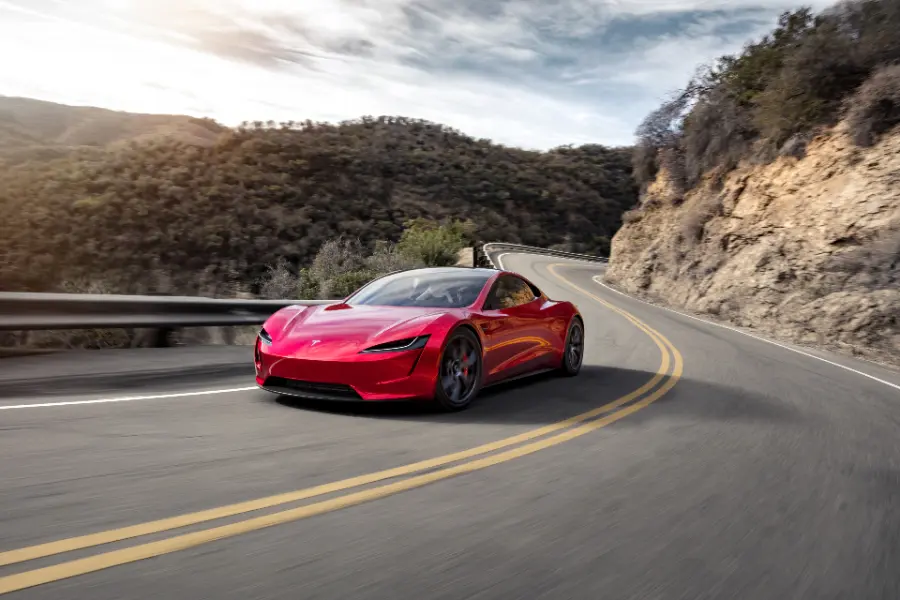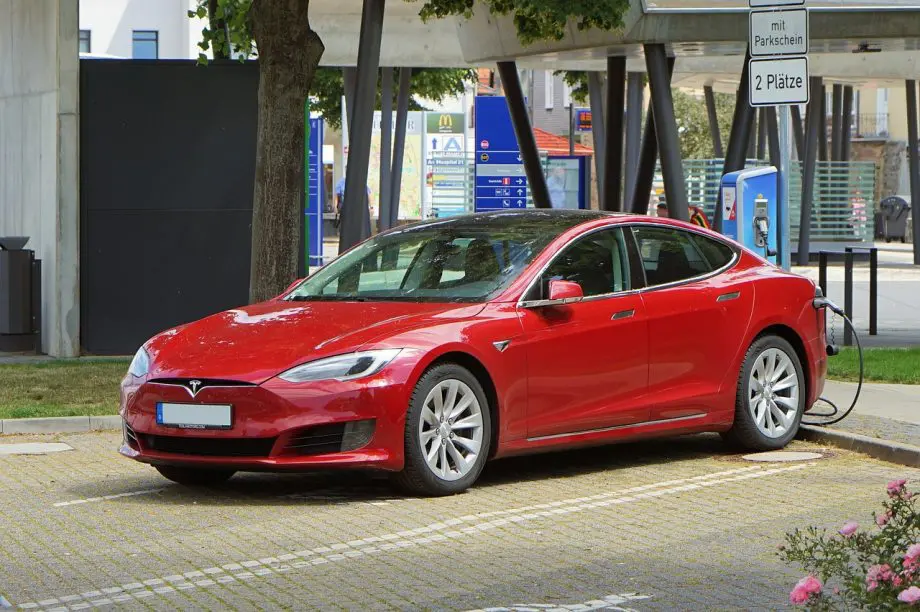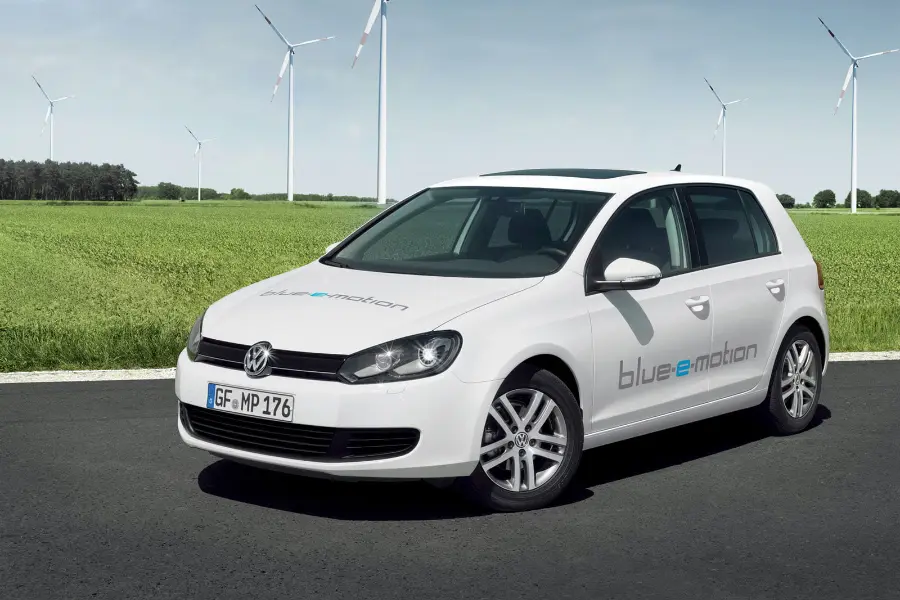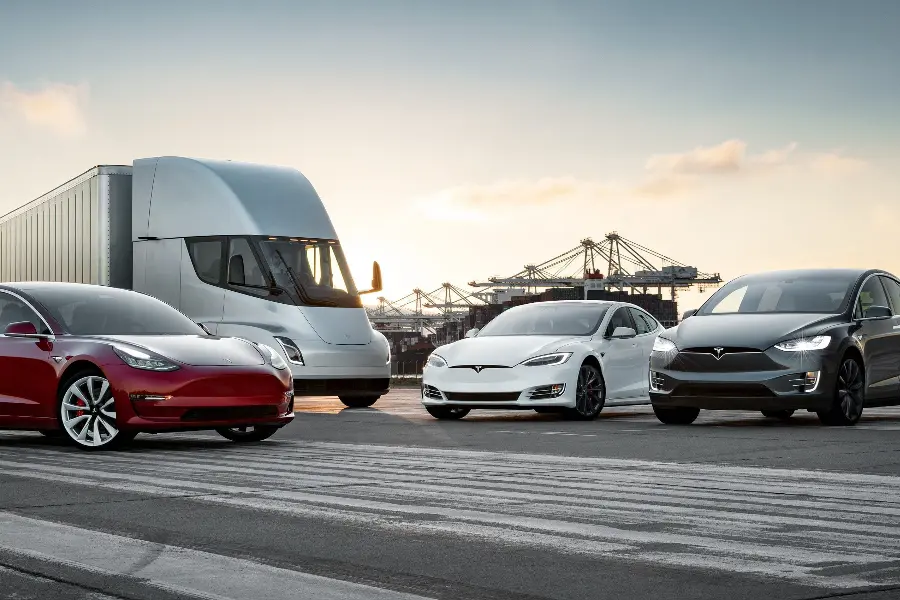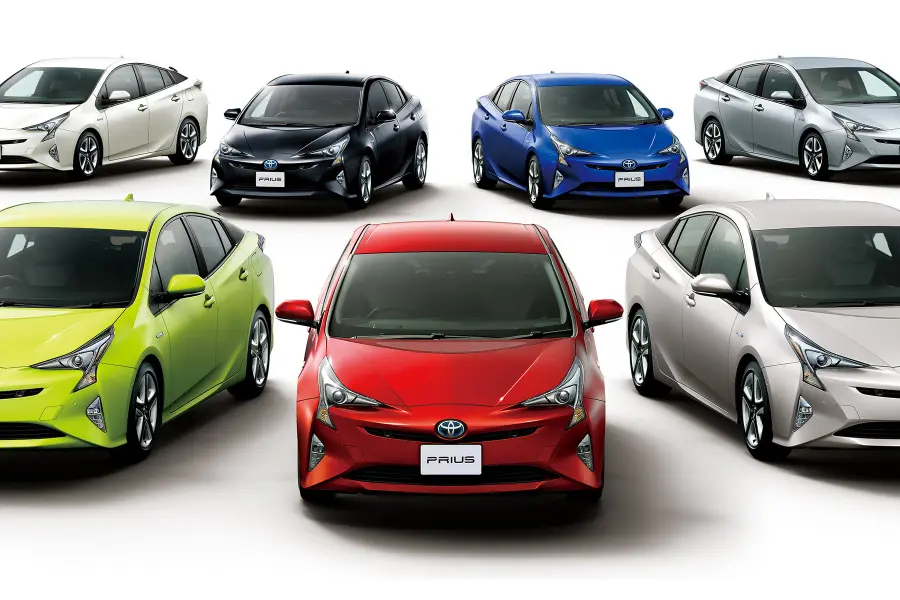![]()
Discover the different types of electric vehicle charging stations and how they can revolutionize your EV experience. Dive in for a comprehensive guide!
Navigating the world of electric vehicles? Then you’ve probably come across the term different types of electric vehicle charging stations.
It might seem a bit overwhelming at first, but don’t worry, we’ve got you covered!
In this guide, we’ll break down the complexities of EV charging stations, making it easy for you to understand and choose the right one for your needs.
So, buckle up, and let’s embark on this electrifying journey together!
Different Types of Electric Vehicle Charging Stations
Welcome to the electrifying world of electric vehicles! If you’re here, you’re probably curious about the different types of electric vehicle charging stations. Well, you’re in the right place!
In this comprehensive guide, we’ll delve into the specifics of Level 1, Level 2, and Level 3 DC Fast Charging stations, unravel the mysteries of charging speeds, and even help you choose the right station for your lifestyle.
We’ll also cover installation, maintenance, and what the future holds for EV charging. So, let’s plug in and get started on this exciting journey!
Brief Overview of the Topic
Electric vehicles (EVs) are no longer a thing of the future. They’re here, and they’re revolutionizing the way we think about transportation.
But, as with any new technology, there’s a learning curve. One of the most crucial aspects to understand is the charging infrastructure that powers these vehicles.
Just like your smartphone needs a charger, your EV does too. But it’s not as simple as plugging into a wall socket (well, not always).
There are different types of electric vehicle charging stations, each with its own set of characteristics.
Importance of Understanding Different Types of EV Charging Stations
Now, you might be wondering, Why do I need to understand these different types of charging stations?
Can’t I just plug my EV in and go? Well, yes and no. While you can certainly plug your EV into a charging station and let it do its thing, understanding the different types of stations can significantly enhance your EV experience.
For instance, some charging stations can charge your EV much faster than others, which can be a lifesaver if you’re on a long trip and need a quick boost.
Others are better suited for overnight charging at home.
By understanding the different types of charging stations, you can make informed decisions about where to charge your EV, how to plan your trips, and even which EV model to buy.
It’s all about equipping yourself with the knowledge to make the most of your EV journey!
Types of Electric Vehicle Charging Stations

Let’s dive deeper into the world of electric vehicles. One of the most important aspects to understand about EVs is the charging process.
But not all charging stations are created equal. In fact, there are different types of electric vehicle charging stations, each with its own set of features and benefits.
In this section, we’ll explore Level 1, Level 2, and DC Fast Charging stations, giving you a clear picture of what each type offers.
So, whether you’re a seasoned EV driver or just starting your electric journey, let’s plug in and learn together!
Level 1 Charging Stations
Let’s kick things off with Level 1 Charging Stations. If you’re new to the electric vehicle scene, Level 1 is your starting point.
It’s the most basic form of EV charging, but don’t let that fool you. It has its own unique advantages and is a perfect introduction to the world of EV charging.
So, whether you’re an EV veteran or a curious newcomer, let’s delve into the ins and outs of Level 1 Charging Stations together. Ready to get charged up? Let’s go!
How Level 1 Charging StationsWork
Level 1 Charging Stations, often referred to as the trickle charge, are the simplest form of EV charging.
They don’t require any special equipment or installation. All you need is a standard 120-volt outlet, similar to what you’d use to charge your laptop or phone.
Just plug the charging cord that comes with your EV into the outlet, connect the other end to your vehicle, and voila, your EV starts charging. It’s as simple as that!
Now, you might be wondering about the speed. Well, Level 1 charging is not the fastest way to charge your EV.
It typically provides about 2 to 5 miles of range per hour of charging. So, it’s best suited for overnight charging or for vehicles that aren’t used heavily during the day.
Pros and Cons
One of the biggest advantages of Level 1 charging is its simplicity and convenience.
There’s no need for any special equipment or installation. If you have a standard electrical outlet and the charging cord that comes with your EV, you’re good to go.
This makes Level 1 charging an affordable option for many EV owners.
However, the slower charging speed can be a downside, especially if you use your EV for long trips frequently.
It’s also worth noting that because Level 1 charging takes longer, it could lead to more wear and tear on your vehicle’s battery over time.
But for daily commuting or short trips, Level 1 charging can be a practical and cost-effective solution.
Level 2 Charging Stations
Ready to level up? Let’s move on to Level 2 Charging Stations. If Level 1 is the basic, Level 2 is the next step up in the EV charging game.
Offering faster charging speeds and more convenience, Level 2 Charging Stations are a popular choice among many EV drivers.
But what exactly are they, and what makes them different? Let’s dive in and explore the world of Level 2 Charging Stations together.
Buckle up, because things are about to get electrifying!
Description and How Level 2 Charging Stations Work
Level 2 Charging Stations are a step up from Level 1. They operate at a higher voltage, typically 240 volts, similar to what large appliances like your clothes dryer or oven use.
This means they can deliver more power and charge your EV faster. To use a Level 2 station, you’ll need a special charging station installed at your home or you can find them at public charging locations.
When it comes to charging speed, Level 2 stations are significantly faster than Level 1.
They can typically provide about 10 to 60 miles of range per hour of charging, depending on your vehicle’s acceptance rate and the specific power output of the charging station.
This makes Level 2 stations a great option for both overnight charging at home and top-ups when you’re out and about.
Pros and Cons
The main advantage of Level 2 charging is its speed. If you frequently use your EV for long trips or if you simply want to be able to charge your vehicle faster, Level 2 is a great option.
Plus, with more and more public Level 2 stations being installed, it’s becoming easier to find a place to charge when you’re on the go.
On the flip side, Level 2 charging does require a special charging station, which can be an additional cost.
Installation at home also requires a dedicated 240-volt circuit, which may require professional installation.
However, many EV owners find that the convenience and speed of Level 2 charging are well worth the investment.
DC Fast Charging Stations – Level 3
Now, let’s shift gears and talk about the speed demons of the EV charging world: DC Fast Charging Stations. Sometimes referred to as Level 3 chargers.
If you’re all about speed and efficiency, then DC Fast Charging is the way to go.
These stations are the quickest way to charge your EV, making them perfect for long trips or quick top-ups during a busy day.
But what exactly are DC Fast Charging Stations, and how do they work?
Let’s dive in and find out. Fasten your seatbelts, because we’re about to hit the fast lane!
Description and How DC Fast Charging Stations Work
DC Fast Charging Stations, as the name suggests, provide the fastest charging speed among all types of EV charging stations.
Unlike Level 1 and Level 2 stations, which use alternating current (AC), DC Fast Charging Stations convert the power to direct current (DC) before delivering it to your vehicle.
This allows them to bypass the vehicle’s onboard charger and deliver power directly to the battery, resulting in much faster charging times.
In terms of speed, DC Fast Charging Stations can provide an impressive 60 to 100 miles of range in just 20 minutes of charging.
However, it’s important to note that not all EVs are compatible with DC Fast Charging, and the charging speed can vary based on the vehicle’s battery size and acceptance rate.
Pros and Cons
The main advantage of DC Fast Charging is, of course, its speed. If you’re on a long trip and need to recharge quickly, a DC Fast Charging Station can be a lifesaver.
They’re also becoming increasingly common at public charging locations, including shopping centers, rest stops, and gas stations, making it easier to charge on the go.
However, DC Fast Charging Stations do have a few downsides.
First, they’re more expensive to install and operate than Level 1 or Level 2 stations, which can make them less ideal for home use.
Second, frequent use of DC Fast Charging can potentially lead to faster battery degradation over time.
Therefore, while DC Fast Charging is a great option for quick top-ups, it’s generally recommended to use Level 1 or Level 2 charging for regular, everyday charging.
Tesla Level 4 Charging Stations?
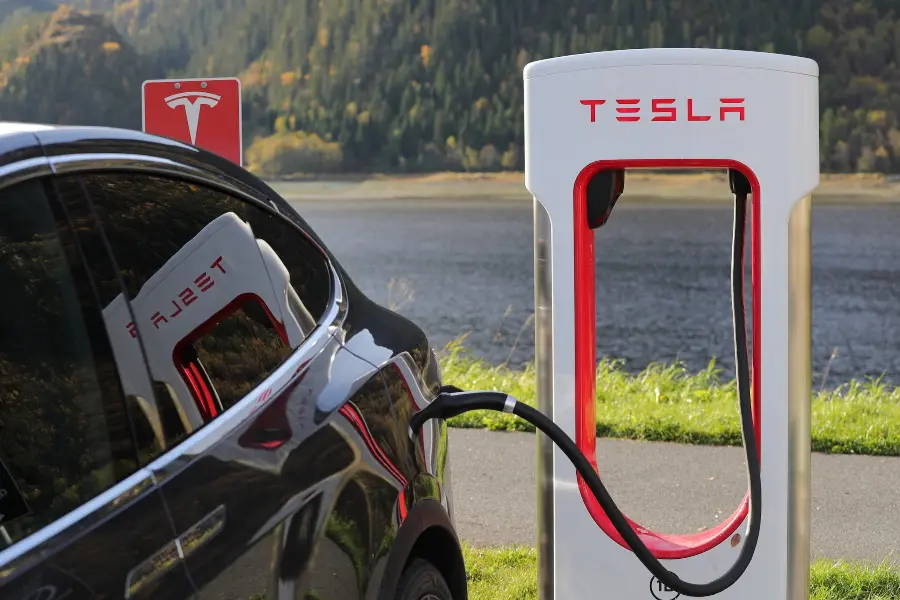
Tesla has developed its own proprietary charging technology known as the Tesla Supercharger, which is a form of DC Fast Charging.
The Supercharger network provides extremely fast charging speeds, significantly faster than most Level 2 chargers and even many other DC Fast Charging stations.
Tesla’s V3 Superchargers can deliver rates up to 250 kW, allowing a Tesla vehicle to gain up to 75 miles of range in just 5 minutes under optimal conditions.
It’s worth noting that while Tesla vehicles can use Tesla Superchargers, they can also use Level 1, Level 2, and non-Tesla DC Fast Charging stations with the appropriate adapter.
Conversely, non-Tesla EVs cannot use Tesla Superchargers.
Understanding Charging Speeds

Now that we’ve explored the different types of electric vehicle charging stations, let’s delve into a topic that’s on every EV driver’s mind: charging speeds.
How fast can your EV go from zero to fully charged? Well, as we’ve seen, it depends on the type of charging station you’re using.
But there’s more to it than that. In this section, we’ll dive deeper into what affects charging speed and how different charging stations stack up. Ready to get up to speed? Let’s hit the accelerator!
Factors Affecting Charging Speed
There are several factors that can affect how quickly your EV charges. One of the main factors is the type of charging station you’re using, as we’ve discussed. But that’s not the only thing that matters.
Your vehicle’s battery size also plays a role. Larger batteries will take longer to charge, all else being equal.
The vehicle’s acceptance rate, or how quickly it can take in power, is another key factor. Some vehicles are designed to accept power more quickly than others.
The state of the battery can also affect charging speed. For instance, a battery that’s nearly empty will charge more quickly than one that’s nearly full.
This is because most EVs use a charging approach called constant current, constant voltage.
In the first stage, the charger delivers a constant current to the battery, which charges it quickly.
Once the battery reaches a certain level of charge, the charger switches to delivering a constant voltage, which slows down the charging speed to protect the battery’s health.
Comparison of Charging Speeds between Level 1, Level 2, and DC Fast Charging
Now, let’s compare the charging speeds of Level 1, Level 2, and DC Fast Charging stations.
Level 1 Charging Stations are the slowest, providing about 2 to 5 miles of range per hour of charging.
This makes them best suited for overnight charging or for vehicles that aren’t used heavily during the day.
Level 2 Charging Stations are faster, providing about 10 to 60 miles of range per hour of charging.
They’re a great option for both overnight charging at home and for top-ups when you’re out and about.
DC Fast Charging Stations are the fastest, providing 60 to 100 miles of range in just 20 minutes of charging.
However, not all vehicles are compatible with DC Fast Charging, and the charging speed can vary based on the vehicle’s battery size and acceptance rate.
Remember, while faster charging might seem better, it’s not always the best choice for every situation.
It’s important to choose the right charging option based on your vehicle, your driving habits, and your specific needs.
Choosing the Right Charging Station
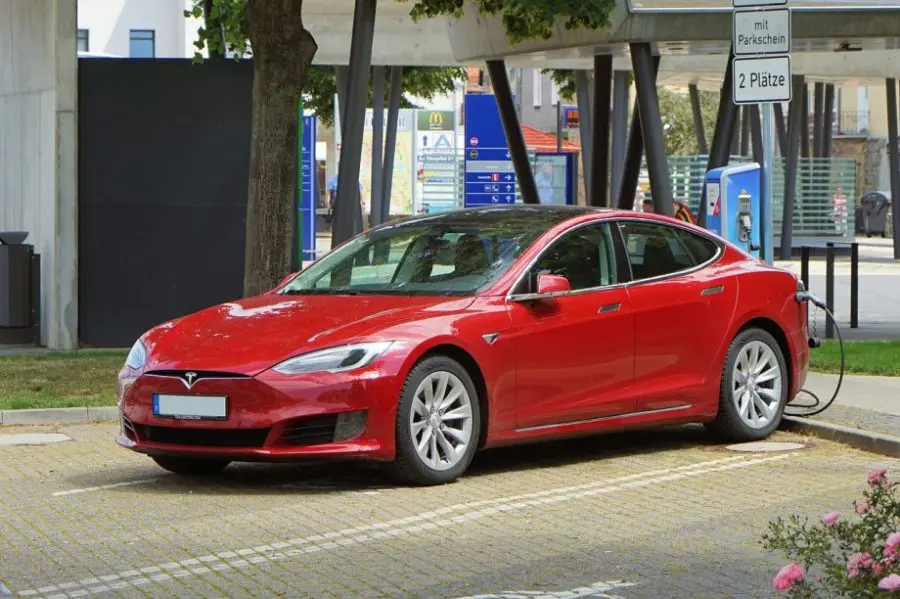
With all this talk about different types of charging stations and charging speeds, you might be wondering, Which one is right for me?
Well, that’s exactly what we’re going to explore in this section.
Choosing the right charging station is a crucial step in your EV journey.
It’s not just about speed, but also about convenience, cost, and compatibility with your vehicle.
So, let’s dive in and figure out how to choose the right charging station for your needs. Ready to make an informed choice? Let’s get started!
Considerations When Choosing a Charging Station
Choosing the right charging station for your EV isn’t a decision to be taken lightly. There are several factors to consider:
Charging Speed: How fast do you need your vehicle to charge? If you frequently take long trips and need to recharge quickly, a DC Fast Charging station might be the best choice.
If you mainly use your EV for commuting or short trips and can charge overnight, a Level 1 or Level 2 station could be sufficient.
Installation and Equipment Costs: Level 1 charging requires no special equipment, while Level 2 and DC Fast Charging stations do.
Consider the cost of the charging station itself, as well as any installation costs.
Availability of Charging Stations: If you’re considering a Level 2 or DC Fast Charging station, check the availability of these stations in your area.
Some areas have more public charging stations than others.
Your Vehicle’s Capabilities: Not all EVs can use all types of charging stations.
Make sure to choose a charging station that’s compatible with your vehicle.
Matching Charging Station to Lifestyle and Vehicle Type
Your lifestyle and the type of vehicle you drive also play a big role in choosing the right charging station.
If you’re a long-distance commuter or frequently take road trips, a DC Fast Charging station might be the best fit.
These stations can quickly recharge your battery, reducing downtime on long drives.
For city dwellers who use their EVs for short commutes, a Level 1 or Level 2 charging station could be sufficient.
These stations are also ideal for overnight charging.
If you drive a plug-in hybrid, which typically has a smaller battery than a full EV, a Level 1 or Level 2 charging station is likely to meet your needs.
Remember, the right charging station for you depends on your specific circumstances.
It’s all about finding the balance between convenience, cost, and charging speed that works best for you.
Installation and Maintenance of Charging Stations
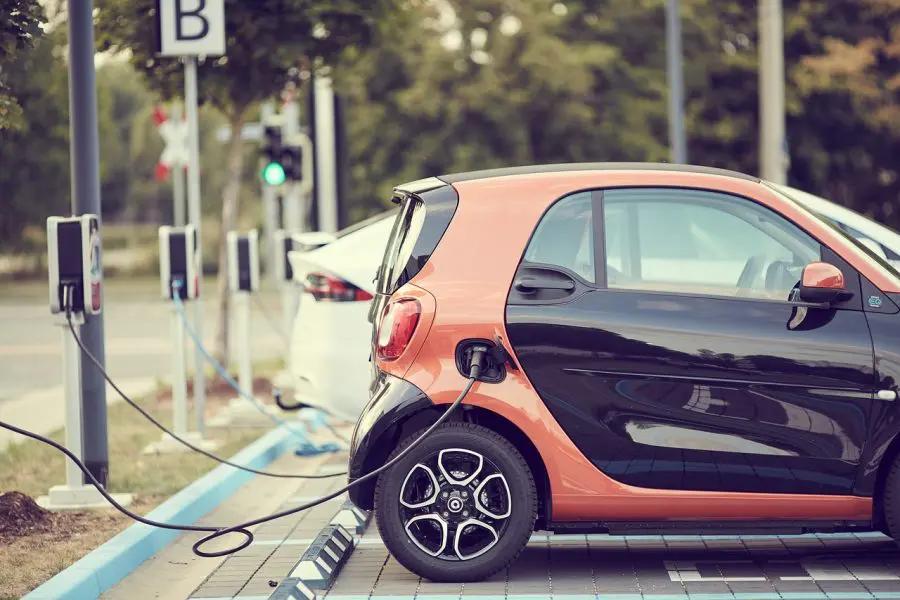
Now that we’ve covered the different types of charging stations and how to choose the right one, let’s talk about the next step: installation and maintenance.
You might be wondering, How do I set up a charging station at home? or What kind of maintenance does a charging station need?
Don’t worry, we’ve got you covered. In this section, we’ll walk you through the basics of installing and maintaining your EV charging station.
So, let’s roll up our sleeves and get down to the nitty-gritty!
Overview of Installation Process
Installing an EV charging station might seem like a daunting task, but it doesn’t have to be. Here’s a general overview of the process:
Choose Your Charging Station: First, you’ll need to decide which type of charging station is right for you, as we discussed in the previous sections.
Hire a Professional: While it’s possible to install a Level 1 charging station on your own (since it just plugs into a standard outlet), for Level 2 and DC Fast Charging stations, it’s recommended to hire a professional.
These stations require a dedicated 240-volt circuit, and installation involves electrical work that should be done by a licensed electrician.
Installation: The electrician will install the charging station, typically on a wall in your garage or near where you park your vehicle.
They’ll also install the necessary electrical circuit if one isn’t already in place.
Inspection: After installation, it’s a good idea to have the work inspected to ensure everything is up to code and safely installed.
Maintenance Requirements and Tips
Once your charging station is installed, it’s important to keep it in good working order. Here are some maintenance tips:
Regular Cleaning: Keep the charging station clean and free of debris. This includes the plug and the cord.
Regular Inspection: Regularly inspect the charging station for any signs of wear and tear, such as fraying cords or loose connections.
Professional Maintenance: If you notice any issues with your charging station, it’s best to have it serviced by a professional.
Don’t attempt to repair it yourself, as this could be dangerous and potentially void any warranties.
Follow Manufacturer Guidelines: Always follow the maintenance guidelines provided by the charging station manufacturer.
They’ll provide specific instructions for your model.
Remember, a well-maintained charging station not only lasts longer but also ensures safe and efficient charging for your EV.
Future of Electric Vehicle Charging Stations

As we journey further into the world of electric vehicles, it’s exciting to think about what the future holds.
The landscape of EV charging has already changed dramatically in the past few years, and it’s set to evolve even more.
So, what can we expect from the future of electric vehicle charging stations?
In this section, we’ll explore current trends and make some predictions about what’s to come.
Ready to take a peek into the future? Let’s jump in!
Current Trends in EV Charging
The world of EV charging is rapidly evolving, with several exciting trends emerging:
Increased Accessibility: More and more public charging stations are popping up, from shopping centers to rest stops, making it easier for EV drivers to charge on the go.
Faster Charging: Advances in technology are leading to faster charging times, with new DC Fast Charging stations able to charge some vehicles to 80% in just 20 minutes.
Smart Charging: Many new charging stations are equipped with smart features, like the ability to schedule charging during off-peak hours to save on electricity costs.
Integration with Renewable Energy: There’s a growing trend of integrating EV charging with renewable energy sources.
For instance, some charging stations are equipped with solar panels.
Predictions for Future Developments
Looking ahead, there are several developments we can expect in the world of EV charging:
Even Faster Charging: As technology continues to advance, we can expect to see even faster charging times.
Some companies are already working on ultra-fast charging stations that could fully charge an EV in the time it takes to grab a coffee.
More Widespread Availability: As EVs become more popular, we can expect to see an increase in the number of public charging stations, making it even easier to charge on the go.
Wireless Charging: Wireless charging is already a reality for smartphones, and it’s likely only a matter of time before it becomes commonplace for EVs as well.
Vehicle-to-Grid Technology: In the future, we might see more widespread use of vehicle-to-grid technology, which allows EVs to feed power back into the grid during peak times.
The future of EV charging is bright, and we can’t wait to see what’s next!
How To Find A Charging Station Near You
The U.S. Department of Energy provides an Alternative Fuels Data Center where you can find electric vehicle charging stations in the United States and Canada.
FAQs For Electric Vehicle Charging Stations
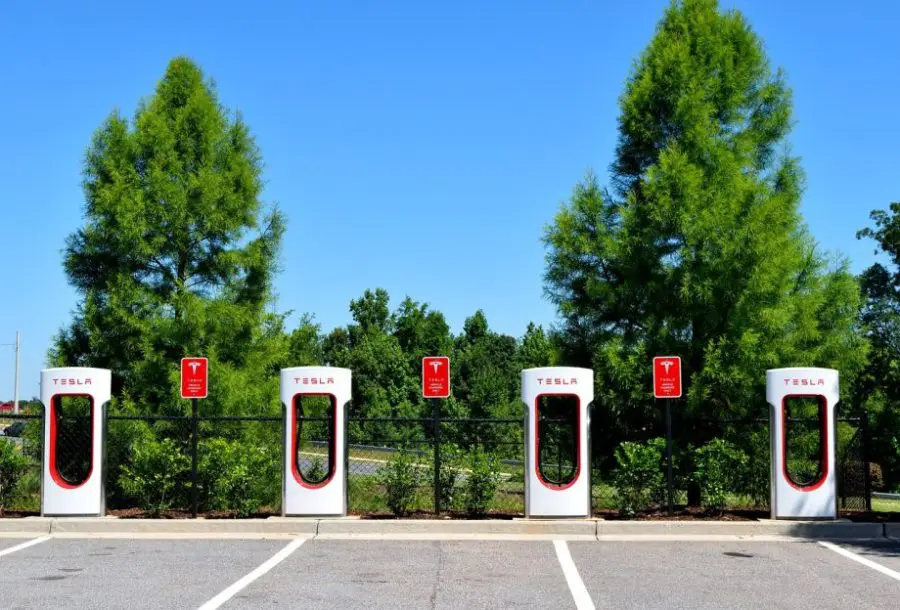
As we navigate the electrifying world of EV charging, it’s natural to have a few questions.
In fact, we’ve gathered some of the most frequently asked questions about electric vehicle charging stations to help clear up any confusion.
From understanding the different types of charging systems to the differences between them, we’ve got you covered. Ready to quench your curiosity? Let’s dive into these FAQs!
What are the different types of electric vehicle charging systems?
A: There are three main types of electric vehicle charging systems: Level 1, Level 2, and DC Fast Charging (sometimes referred to as Level 3).
Level 1 charging uses a standard 120-volt outlet and is the slowest method.
Level 2 charging requires a special charging station and a 240-volt outlet, offering faster charging speeds.
DC Fast Charging stations provide the fastest charging speed and are typically found in public charging locations.
Q: What are the differences in EV charging stations?
A: The main differences between EV charging stations lie in their charging speed and installation requirements.
Level 1 charging stations are the simplest, requiring no special equipment and offering slow charging speeds.
Level 2 stations require a special charging station and offer faster charging speeds.
DC Fast Charging stations provide the fastest charging speeds but require more complex installation and are more expensive.
Q: What is the difference between Level 1, 2, and 3 charging stations?
A: The difference between Level 1, 2, and 3 charging stations primarily lies in their charging speed.
Level 1 charging is the slowest, providing about 2 to 5 miles of range per hour of charging.
Level 2 charging is faster, providing about 10 to 60 miles of range per hour.
Level 3, or DC Fast Charging, is the fastest, providing 60 to 100 miles of range in just 20 minutes of charging.
Different Types of Electric Vehicle Charging Stations Conclusion
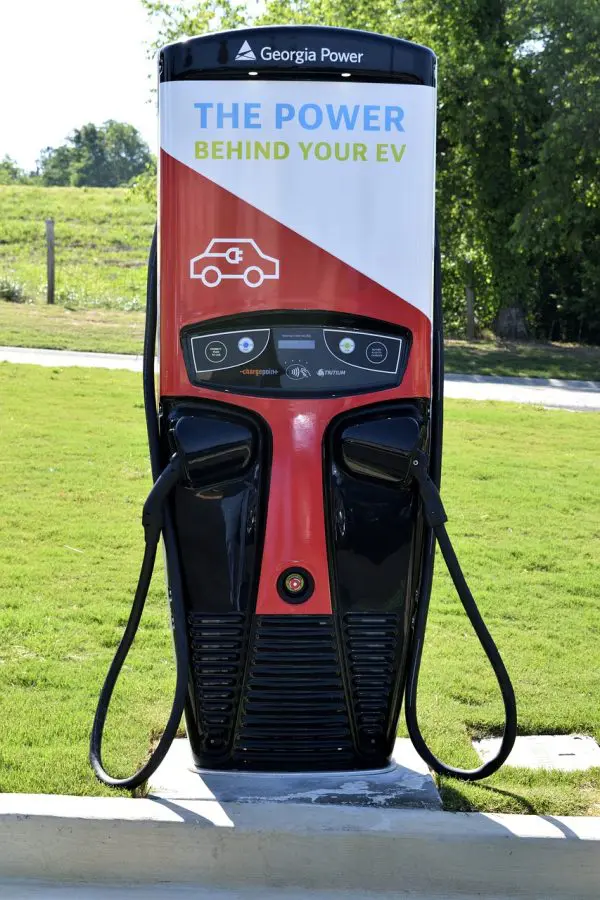
Well, we’ve certainly covered a lot of ground on our journey through the world of electric vehicle charging stations!
From understanding the different types of charging stations to exploring current trends and future predictions, we’ve delved deep into this electrifying topic.
As we wrap things up, let’s take a moment to reflect on what we’ve learned and consider the next steps on your EV journey.
Ready to put this newfound knowledge into action? Let’s head towards the finish line!
Recap of the Importance of Understanding Different Types of EV Charging Stations
Throughout this journey, we’ve emphasized the importance of understanding the different types of electric vehicle charging stations.
By familiarizing yourself with Level 1, Level 2, and DC Fast Charging stations, you gain the power to make informed decisions about where and how to charge your EV.
You can optimize your charging speed, match the charging station to your lifestyle, and ensure compatibility with your vehicle.
Understanding the nuances of EV charging stations empowers you to make the most of your electric driving experience.
Encouragement for Further Research and Consideration
As we conclude our exploration of electric vehicle charging stations, I encourage you to continue your research and consider all the factors relevant to your specific needs and circumstances.
EV technology is evolving rapidly, and new advancements are constantly being made in charging infrastructure.
Stay up to date with the latest developments, explore the charging options available in your area, and engage with the EV community to gather insights and experiences.
With a little more research and consideration, you’ll be well-equipped to make the best decisions for your EV charging needs.
Remember, the world of electric vehicles and charging stations is dynamic and ever-changing.
By staying informed and remaining open to new possibilities, you’ll continue to reap the benefits of electric driving while contributing to a greener and more sustainable future.

